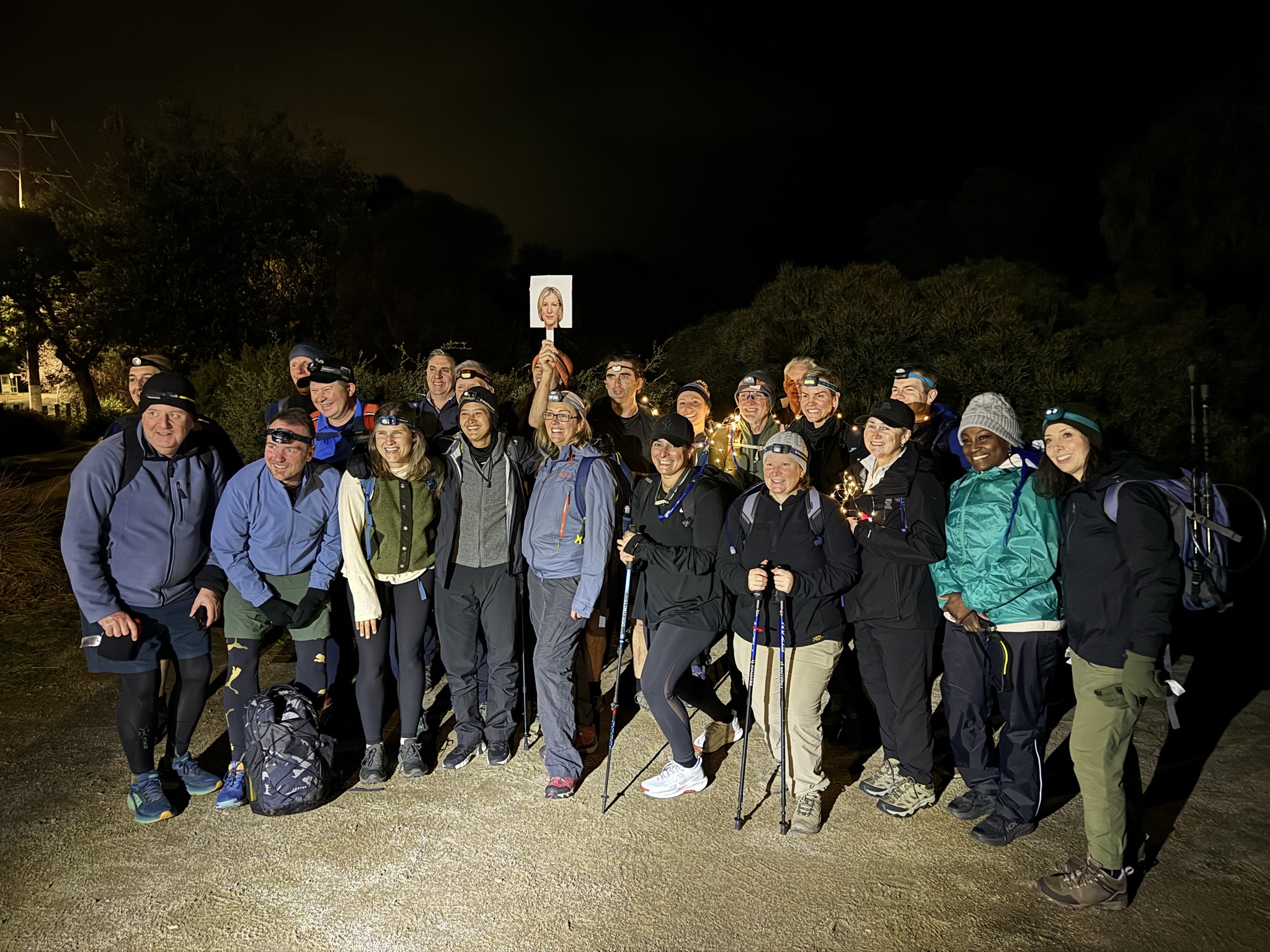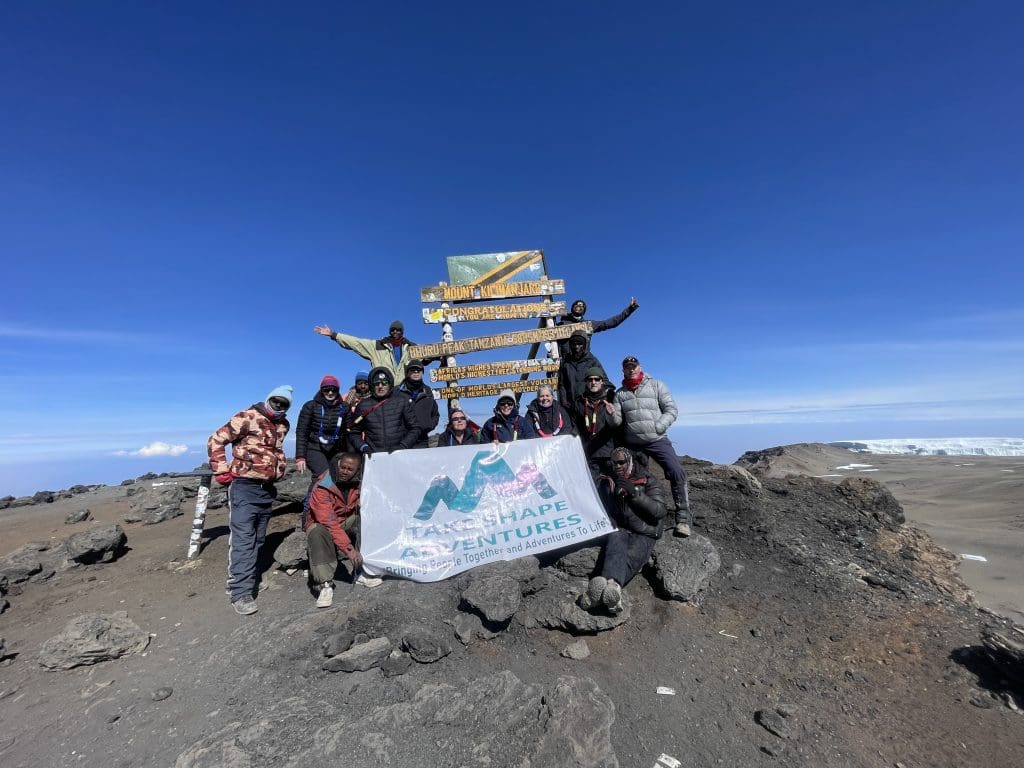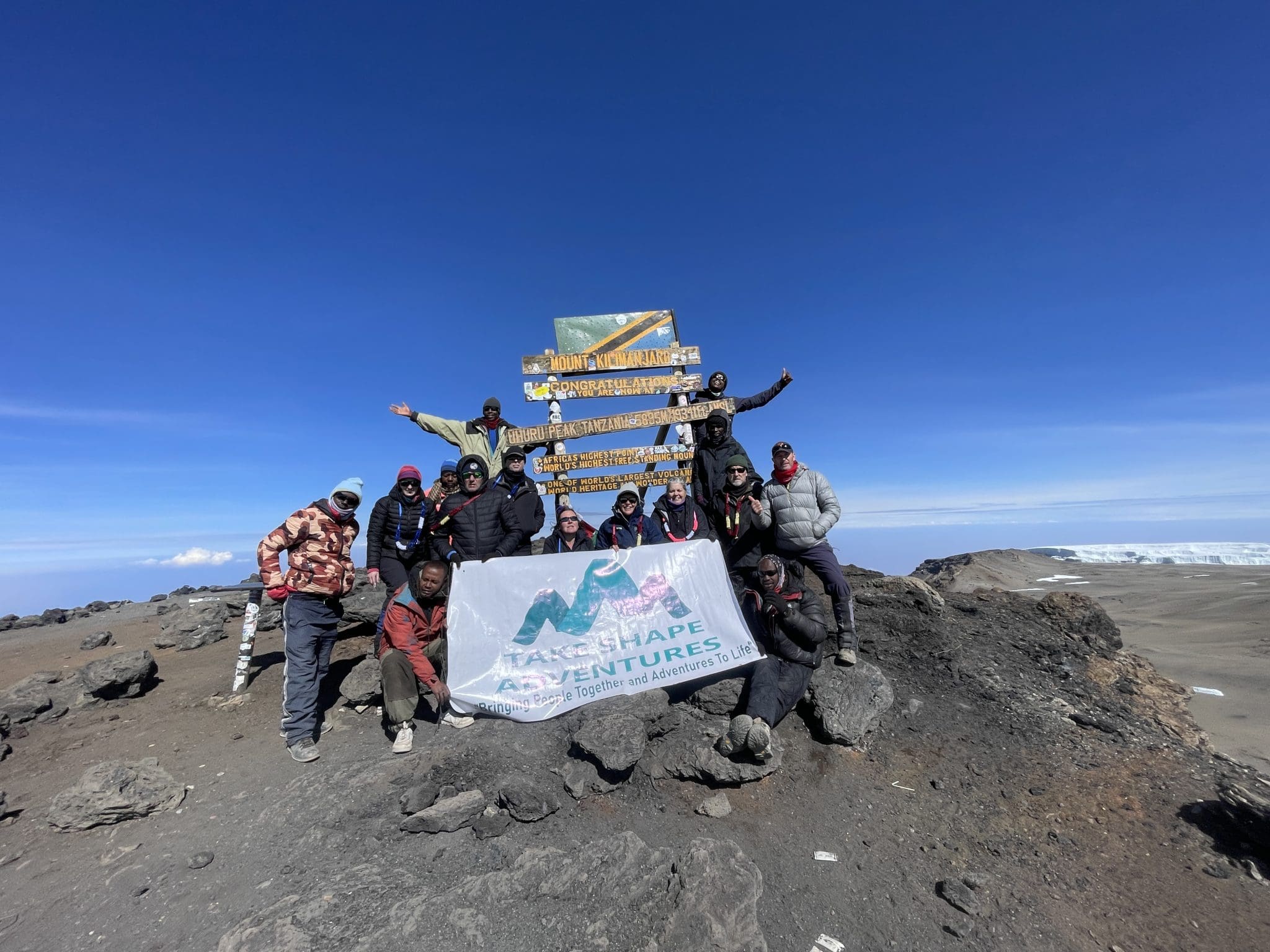Your cart is currently empty!
Why We Need Challenge to Thrive: Rethinking Adult Wellbeing


In a world of growing burnout, constant connectivity, and increasingly commercialised wellbeing strategies, it’s time to pause and ask: what actually helps people thrive?
Slowing down, taking breaks, and practising self-care are important. But the wellbeing conversation has become overly focused on comfort. What’s missing is the transformative power of discomfort, of challenge.
Because the truth is, real growth rarely happens in the comfort zone. It happens when we choose to do something hard. And when we do it together, with purpose, reflection, and support, the impact can be life-changing.
After years of leading outdoor adventure programs and seeing this firsthand, I wanted to understand what really created those shifts I was seeing in people. As part of my Master of Positive Psychology, I conducted a systematic review of challenge-based wellbeing programs, looking specifically at whether physical challenges like hiking, ropes courses, or expeditions actually improve adult wellbeing, and how those lessons transfer into real life and work.
Spending time in nature has been consistently shown to improve psychological and social wellbeing, reducing stress, boosting mood, and restoring mental clarity (Bratman et al., 2019). Being outdoors—especially in natural green spaces—can lower cortisol, reduce anxiety, and promote emotional balance, making it a powerful, low-cost tool for both personal and workplace wellbeing. For organisations, this translates to improved focus, higher job satisfaction, reduced burnout, and enhanced creativity and problem-solving among employees. When we take this a step further into green exercise, such as hiking, the benefits multiply. Hiking combines physical movement with natural immersion, increasing cardiovascular fitness while enhancing mental resilience, motivation, and self-esteem. But the magic truly happens when we do it together, as colleagues, families, or social groups. Getting outside as a team fosters a deep sense of belonging, strengthens connection, and allows individuals to recognise and use their strengths in a shared experience. Add a dose of healthy challenge, whether it’s a steep incline, a long trail, or unpredictable weather—and we find the secret ingredient for thriving. A little discomfort teaches us adaptability, grit, and growth. It’s in these shared challenges that we learn not just to survive, but to build resilient, thriving teams and lives.
The results were clear. When adults are stretched physically, emotionally, and mentally, especially in a group setting, their wellbeing improves. They gain resilience. They build self-efficacy. They develop psychological capital. And they take those strengths with them back to work, family, and everyday life.
But the deeper I looked, the more I noticed a critical gap.
Challenge Works, But We Don’t Always Know Why
While many of the interventions studied showed positive results, very few explained the psychological frameworks or wellbeing education that shaped the experience. Most simply relied on the challenge itself to deliver change, without clarifying the why, the how, or the what.
After conducting a systematic review of over 1000 papers, Only a handful of studies paired the physical challenge with structured psychological education, before, during, and after the experience and none, in adults, paired with any wellbeing framework. But when they did, the results were stronger, longer-lasting, and more transferable. Participants not only grew during the intervention, but their growth continued months later. These were the programs where skills like confidence, adaptability, and meaning weren’t just felt, they were understood, applied, and sustained.
This was a huge finding.
Most corporate team-building days and outdoor resilience programs, in adults, don’t include this kind of intentional education or any wellbeing framework. Yet the research is clear: when we guide people through challenges using a learning model grounded in wellbeing science, the outcomes are far more powerful.
Given that every dollar invested in workplace wellbeing has been shown to return $5 to $7 in improved productivity and performance (PwC, 2014), this matters, not just for individuals, but for organisations looking to create real, systemic impact.

The Why–How–What Model
This is the foundation of some new organisational wellbeing programs we will be delieveing, that look at systms based chaange for Work programs: a simple, research-informed model that increases the effectiveness of challenge-based interventions.
- WHY (Pre-Walk): We begin by helping people understand the purpose. Why challenge? Why now? What personal or professional growth are we walking toward?
- HOW (During the Walk): We guide reflection in real time. As a physical challenge emerges, whether it’s fatigue, uncertainty, or navigating together, we connect it to leadership, communication, and resilience in the workplace.
- WHAT (Post-Walk): Finally, we debrief. What did you feel? What surprised you? What strengths emerged? What will you carry forward?
This model draws on adult learning theory, experiential education, and frameworks like Self-Determination Theory and Growth Mindset. It’s designed to create not just feel-good moments, but measurable, meaningful change.
From the Trail to the Team
Unlike passive boardroom programs or one-off wellness talks, challenge-based wellbeing experiences have the potential to change the way people relate, communicate, and lead.
And we’re only scratching the surface.
One of the gaps I identified in the review was the lack of adult-specific research. most of the interventions were based on youth or military populations. And while the data clearly shows benefits across all ages, there’s a need to explore how factors like gender, leadership role, or industry might influence outcomes.
For example, could the underrepresentation of women in leadership be partly due to the fact that women are less likely to step into challenge as willingly as men? Research shows that women and men are equally capable of resilience and adaptability in the face of challenge. However, due to social conditioning, women often avoid risk and discomfort. This raises the question: could challenge-based interventions, supported by psychological frameworks and structured education, encourage more women to step into leadership roles?
It also opens the door to a broader systems-based approach: does your workplace create space for challenge, failure, and experimentation as opportunities for growth? Could challenge-based interventions — and the transferable skills they build — increase your team’s adaptability, performance, and engagement? Are we overlooking a powerful tool for organisational development?
If we know that resilience and confidence grow through structured discomfort, are we doing enough to make those experiences accessible, appealing, and psychologically safe for women? These are the questions I hope to explore in future research.
But right now, I’m taking what I’ve learned and applying it.
We’re building programs that don’t just entertain, they educate. Programs that take people out of their comfort zones and into real learning. That helps teams face challenges together, and leave stronger for it.

Challenge Isn’t the Problem, It’s the Pathway
If we continue to see challenge as a threat to wellbeing, we miss the point. Challenge is how we build it. With the right support, structure, and education, discomfort becomes growth. Adversity becomes meaning. And individuals become more capable, confident, and connected—at work and in life.
Yet all our workplace interventions are happening inside boardrooms and meeting rooms. What are we missing out on by keeping growth indoors, abstract, and theoretical? It’s not just challenge—it’s the power of nature, movement, hiking, and teamwork. Let’s get back to basics, to environments where people can breathe, connect, and show up more human. When we combine the natural world with evidence-based frameworks and psychological education, our wellbeing interventions become not only more engaging but truly transformative.
So next time you’re planning a workplace wellbeing initiative, ask yourself:
Did it include challenge?
Did it help people understand why it matters?
Did it support them during the experience?
And did it give them the space to reflect afterwards?
If not, you’re leaving transformation on the table.
Let’s rethink adult wellbeing—one challenge at a time.
Want to bring Step Into Wellbeing to your team or workplace?
Get in touch at takeshapeadventures.com.au or email hello@takeshapeadventures.com.au
Let’s start walking the talk—together.


